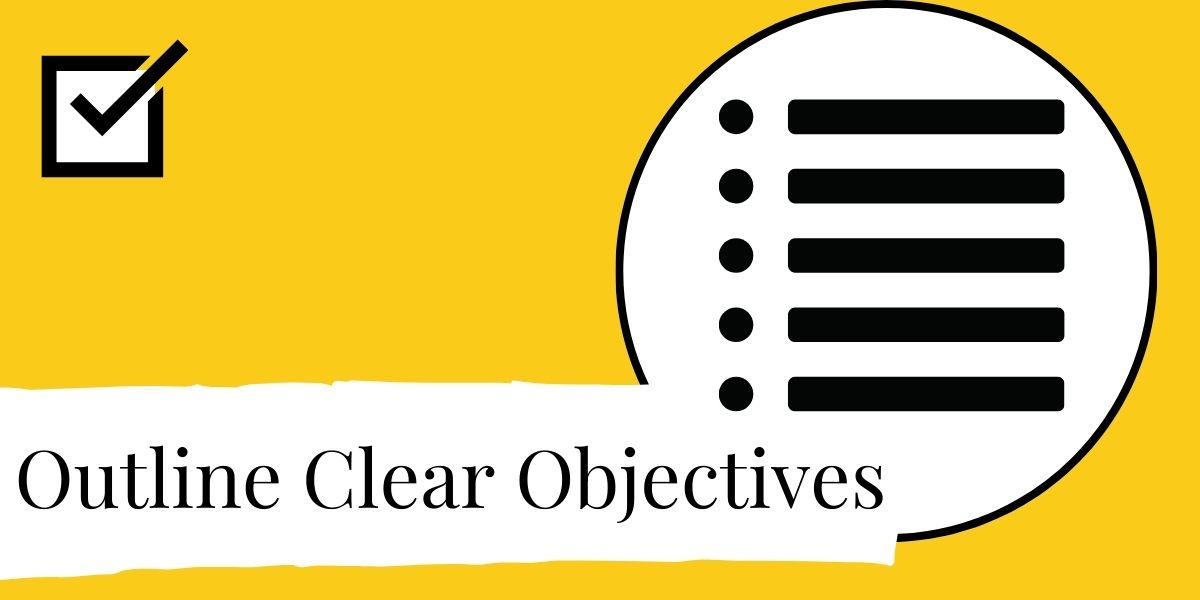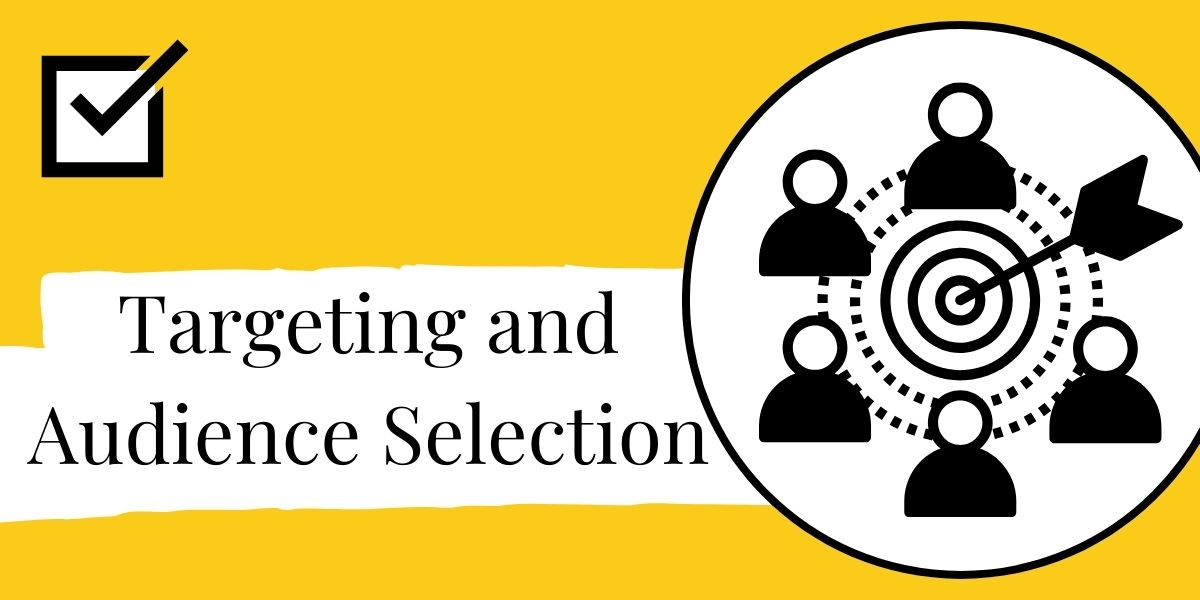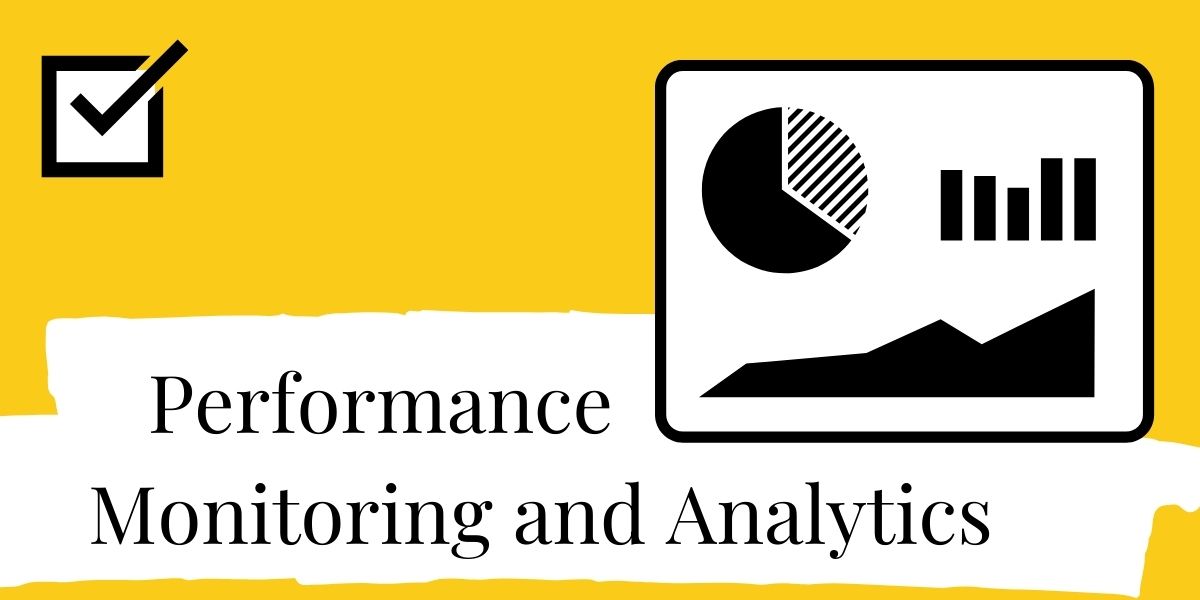Search engine marketing, aka SEM, helps people find your business online. Also called pay-per-click (PPC), it typically delivers text ads at the top of Google searches.
It’s an efficient way to drive traffic fast — but it takes strategy to get right.
At Zoe Marketing & Communications, we’ve managed SEM campaigns since 2020. While automation has made it easier, a human touch is still crucial for fine-tuning ad strategy and budget. For small- to mid-sized businesses, that’s a lot to juggle.
This 12-point checklist breaks down the essentials, helping you run better campaigns — or decide if it’s time to bring in an expert.
FREE GUIDE
Download Your Basic SEM Guide
Discover 12 essential steps to optimize your search engine marketing to attract more prospective clients on Google.
What is SEM?
SEM is a paid way to appear in search results (unlike organic search engine optimization or SEO). Using Google Ads, businesses bid on keywords to win ad placement. You only pay when someone clicks — hence you pay-per-click (PPC).
A basic 12-point SEM/PPC checklist
1. Set clear objectives

- Define goals: More traffic, leads or sales? Be specific, e.g., “increase traffic by 20% in 3 months.”
- Log goals in Google Ads: Use “Conversions” in Tools & Settings for precise tracking.
- Track success: Use Google Ads and Google Analytics to monitor click-through rate (CTR), conversion rate (CR) and return on ad spend (ROAS).
2. Research and select strong keywords

- Find the right keywords: Use Google Keyword Planner or Semrush to balance search volume and competition.
- Use long-tail keywords: More specific terms mean lower competition and better targeting (e.g., “best running shoes for marathons” vs. “running shoes”).
- Refine constantly: Google Ads suggests keywords based on performance — stay flexible.
3. Analyze competitors

- Check competitor keywords + ads: Use tools like SpyFu or Semrush reveal strategies.
- Benchmark against competitors: Compare CTR, conversion rates and ad spend.
- Adapt smartly: If a competitor dominates a keyword, consider alternatives — or outbid strategically.
4. Craft compelling creative

- Make it resonate: Clear, persuasive copy beats generic ads.
- Focus on benefits: Sell the experience, not just the product (e.g., “Stay cool on your run” instead of “High-tech sweat-wicking fabric”).
- A/B test regularly: Compare different versions to find what works best.
5. Optimize landing pages

- Match the message: If an ad promotes a discount, the landing page must reinforce it.
- Speed matters: Use Google PageSpeed Insights — slow pages kill conversions.
- Have a strong CTA: “Get your free quote” is better than “Submit.”
6. Manage budgets wisely

- Set daily/monthly limits: Start small, around $15-$50/day or $450-$1,500/month. Adjust as needed.
- Use bid strategies: Manual bidding gives more control; automated is simpler. Use “Target CPA” bidding to optimize costs.
- Monitor + tweak: Use Google Ads’ budget reports to track.
7. Add ad extensions

- Boost visibility: Add site links, callouts and structured snippets for extra engagement. These guide users to specific pages or highlight key features.
- Track effectiveness: Monitor your Google Ads reports.
8. Target the right audience

- Refine by age + location: Target specific demographics to reach the right audience.
- Adjust bids by device: Hone in on mobile vs. desktop based on performance.
- Use remarketing: Serve ads to retarget past visitors who didn’t convert.
9. Monitor performance

- Track key metrics: Monitor your CTR, CR and ROAS. An average CTR is 4% and CR is 3.75%.
- Use Analytics: Check in with Google Ads and Google Business Profile for insights.
10. Optimize regularly

- Improve quality score: Stronger ad relevance lowers costs and boosts placement.
- Ad relevance: Align ads with targeted keywords (e.g., “budget travel tips” should match that topic).
- Expected CTR: Test headlines and descriptions to increase clicks.
11. Schedule ads wisely

- Use dayparting: Schedule ads to run during peak engagement times based on Google Analytics data.
- Optimize budget: Allocate more spend to high-activity periods for maximum impact.
12. Use search retargeting

- Remarketing lists: Target users who visited your site but didn’t convert, keeping your brand top of mind.
- Custom messaging: Tailor ads based on past interactions to boost conversions.
Next steps to improve your SEM/PPC marketing
SEM requires ongoing tweaks — it’s not a set-it-and-forget-it tool. This checklist gives you the basics, but maximizing results takes constant monitoring and testing.
Need help? Talk to us. Since 2020, Zoe Marketing & Communications has helped businesses run smarter SEM campaigns that drive real results.
Still learning? These guides are great next steps:
Kim Kovelle
As Zoe Marketing & Communications’ content manager, Kim Kovelle brings over 20 years of writing and editing experience in metro Detroit. She has strong roots in community journalism and a knack for making complicated topics make more sense.















